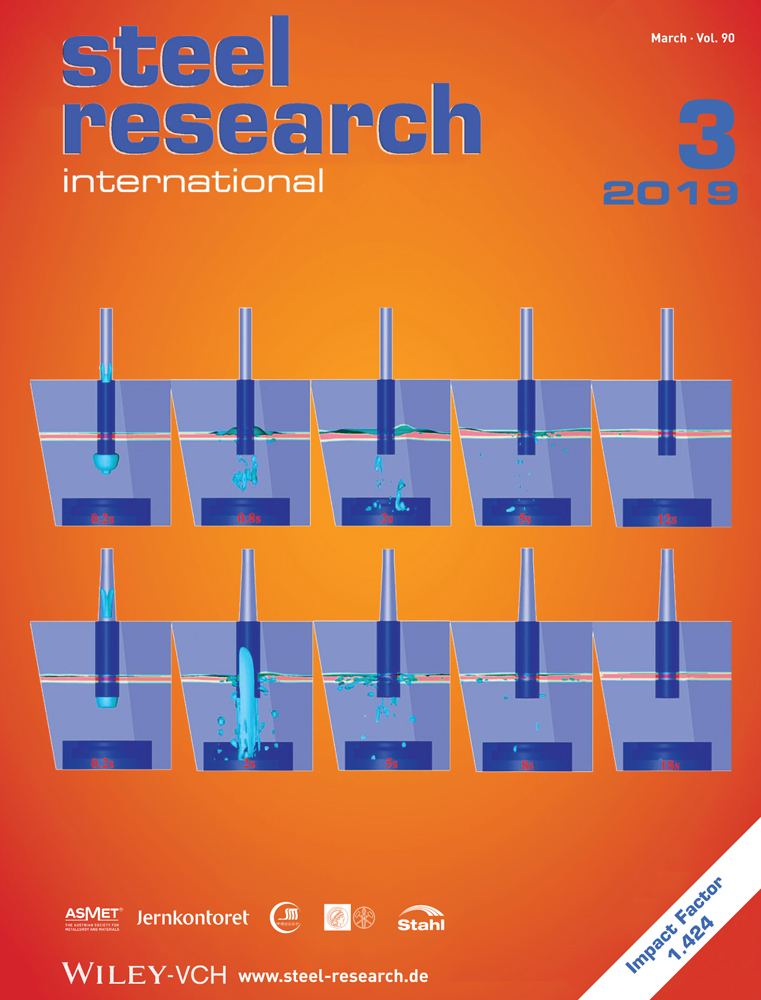Microstructure and Properties of 1.0C–1.5Cr Bearing Steel in Processes of Hot Rolling, Spheroidization, Quenching, and Tempering
Abstract
A novel online subcritical spheroidization annealing technology is proposed. To verify the validity and advantage, microstructure, and properties of 1.0C–1.5Cr bearing steel in three process of hot rolling, spheroidization, quenching, and tempering are investigated. It is demonstrated that the refining of hot rolled microstructure is beneficial to obtaining finer spheroidized microstructure, which accelerates cementite dissolution during the austenitization process of subsequent quenching treatment. When the ferrite grain size of spheroidized microstructure decreases from 8.3 to 1.7 µm, and mean diameter of spheroidized cementite decreases from 0.38 to 0.22 µm, the prior austenite grain size of the microstructure quenched from 850 °C decreases by about 27%, and mean diameter of undissolved cementite decreases by at least 20%. The fatigue limit of the tested steel after quenching and tempering is measured. It is increased from 789 to 986 MPa due to the comprehensive effect of the refining of both undissolved cementite and prior austenite grain, and the increase of retained austenite content in the martensite matrix.
Conflict of Interest
The authors declare no conflict of interest.




